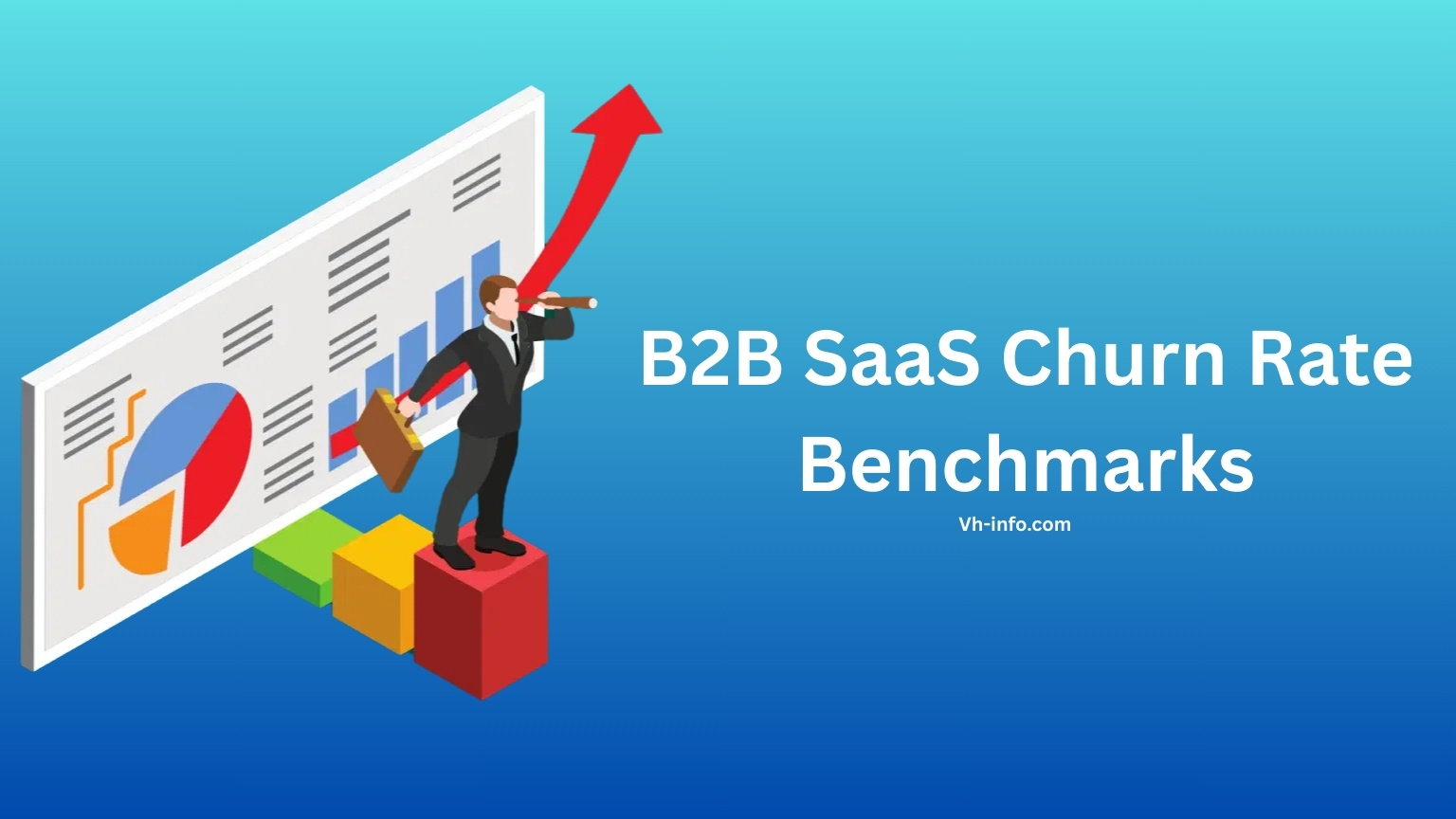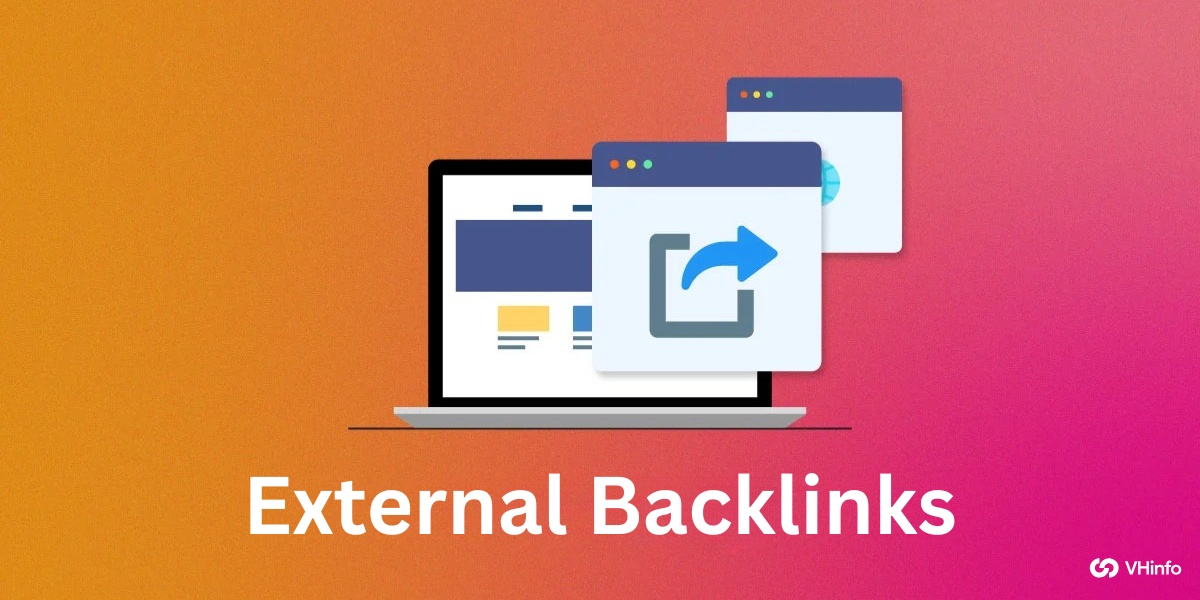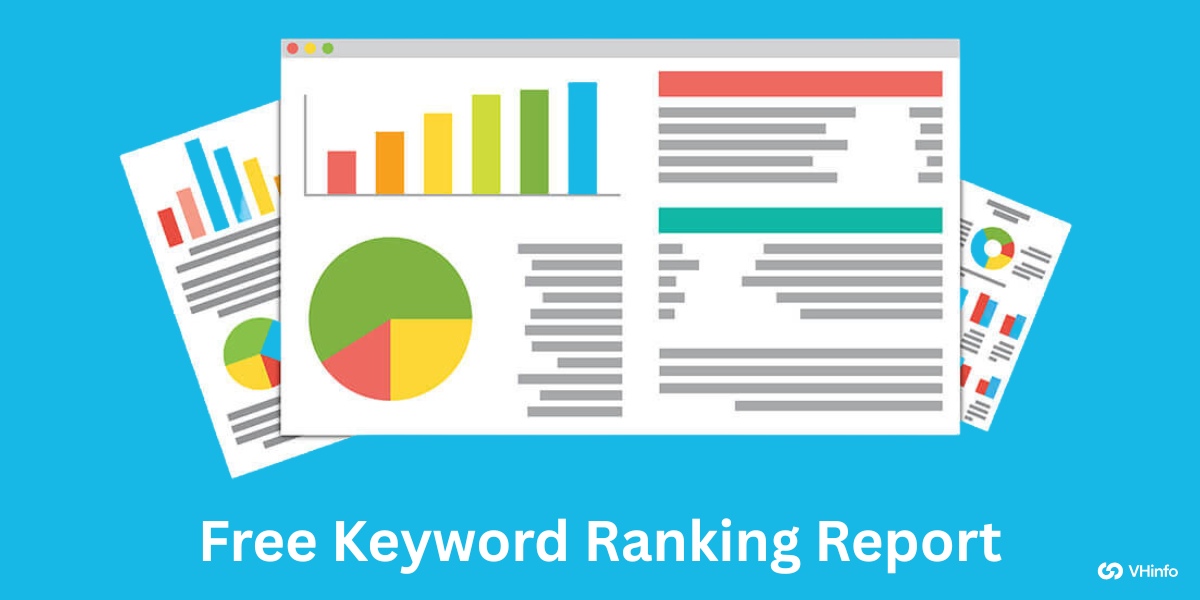In the competitive landscape that SaaS companies operate within, customer churn is a critical metric impacting customer retention and sustainable growth.
For B2B SaaS businesses, where relationships are key and customer acquisition costs can be significant, keeping customer churn low is vital.
In this guide, VH-info provides a detailed look at B2B churn rates, benchmarks, and effective strategies to improve customer loyalty and foster customer retention.
What is B2B Churn Rate?

The churn rate measures the rate at which customers discontinue their subscription model or stop using a SaaS business’s product or service over a given period. It is a key indicator of customer satisfaction, customer loyalty, and the effectiveness of retention strategies.
In the SaaS industry, the B2B churn rate specifically focuses on businesses that sell to other businesses, reflecting the unique dynamics of these relationships.
Why Does SaaS Churn Matter?

SaaS churn directly impacts a SaaS company’s recurring total revenue, which is essential for establishing a healthy and sustainable growth model. High churn leads to unstable revenue churn and financial difficulties in the long run.
Monitoring and addressing SaaS churn is essential for maintaining profitability and achieving long-term success in the SaaS industry.
Importance of Tracking Churn in B2B
![]()
Tracking churn in B2B is vital for several reasons:
- Customer Retention: A high churn rate means loss of customers faster than acquiring new customers, affecting growth. Long-term customers are more cost-effective due to higher lifetime value and lower customer acquisition costs.
- Revenue Stability: Churn directly impacts recurring monthly recurring revenue, important for a sustainable model. High churn rate can lead to unstable revenue churn and financial issues.
- Business Growth: Reducing customer churn improves customer retention, enhancing profitability and creating a solid foundation for SaaS business growth.
Types Of Churn Rates For B2B SaaS Businesses

- Logo Churn: Measures the percentage of customers who cancel their subscriptions.
- Revenue Churn: Measures the amount of monthly recurring revenue your SaaS business loses from existing customers in a specific given period.
- Gross Churn: Total revenue lost from customer churn or downgrades.
- Net Churn: Factors in expansion revenue churn from tier upgrades, professional services, and add-ons, providing a more accurate financial overview.
- Voluntary Churn: This occurs when customers actively cancel their subscriptions.
- Involuntary Churn: This happens due to payment failures or credit card issues.
How to Calculate B2B Churn Rate?

Several methods exist for calculating the B2B churn rate, each providing unique insights into customer attrition.
Here are a few common approaches:
Basic Formula For Churn Rate
To calculate your churn rate, divide the total number of customers lost revenue during a given period (e.g., a month) by the total number of customers at the beginning of the period. Multiply the result by 100 to express it as a percentage.
Churn Rate = (Number of customers lost revenue during the period / Total number of customers at the beginning of the period) * 100.
For example, if a SaaS business starts with 2,000 customers and loss of customers 100 customers in a month, the monthly churn rate would be (100 / 2,000) * 100 = 5%.
Gross Vs. Net Churn Rate
- Gross Churn Rate: Measures the total churned revenue without considering any expansion revenue or tier upgrades.
- Net Churn Rate: Takes into account the expansion revenue, offering a more accurate view of revenue churn.
Revenue Churn Vs. Customer Churn
- Customer Churn: Focuses on the number of customers lost revenue.
- Revenue Churn: Focuses on the total revenue lost revenue due to churn, which provides a clearer picture of the financial impact.
What is A Good Average Churn Rate For B2B SaaS Companies?

Determining what constitutes a good average churn rate for B2B SaaS companies involves several factors, including company size, target market (SMBs vs. enterprise), and the specific subscription model.
While there’s no one-size-fits-all answer, aiming for an annual churn rate below 5% is generally considered a good benchmark for achieving sustainable growth. This indicates that the SaaS business retains a significant portion of its customer base last year.
For enterprise-level solutions, a monthly churn rate below 1% is often the target, reflecting longer-term relationships and higher switching costs for larger companies.
SMBs, on the other hand, might experience slightly higher churn rate, but still should strive to keep it manageable through effective retention strategies.
Ultimately, a good churn rate signifies strong customer loyalty, effective customer retention strategies, and the ability to maintain a healthy revenue churn that supports long-term sustainable growth.
Continuously monitoring and working towards lower churn is essential for the success of SaaS companies.
B2B SaaS Churn Rate Benchmarks

Churn rate benchmarks serve as essential guides for SaaS companies to evaluate their performance in customer retention and identify areas for improvement.
These benchmarks vary depending on several factors, including company size, target market (SMBs vs. enterprise), and the specific industry. Understanding these variations is important for setting realistic goals and implementing effective retention strategies.
Striving for lower churn not only enhances customer loyalty but also contributes to sustainable growth and a stronger bottom line.
Average Monthly and Annual Churn Rates
The average monthly churn rate in B2B SaaS has seen fluctuations, with a peak at 7.5% in late 2021, before decreasing to about 3.5% in the first half of 2024.
While aiming for negative net revenue churn is ideal, an annual churn rate of less than 5% is generally considered a good churn rate for sustainable growth.
This benchmark signifies that a SaaS business retains 95% of its customer base last year, fostering customer loyalty and sustainable growth. Keeping the annual churn rate below this threshold is essential for maintaining a healthy SaaS business and ensuring long-term revenue stability.
SMBs Vs. Enterprise-Level Benchmarks
SMBs typically face a higher churn rate, usually ranging from 3% to 5% annual churn, reflecting the challenges of serving smaller businesses with shorter contract cycles.
On the other hand, enterprise SaaS companies often enjoy lower churn, around 1% to 2% annual churn, due to longer-term relationships and the higher cost of switching.
Larger companies benefit from more established processes, dedicated customer support, and deeper integration with their customer’s operations, all of which contribute to increased customer retention and lower churn.
Recognizing these differences allows SaaS companies to tailor their retention strategies to better suit their target market.
Industry-Specific Variations in Churn Rates
Churn rates can vary significantly across different sectors within the SaaS industry, influenced by factors such as market saturation, competition, and the criticality of the SaaS solution to customer’s operations.
Some industries may experience higher churn rate due to the availability of alternative solutions or the evolving needs of their customer base, while others may benefit from greater customer loyalty due to the essential nature of their services.
For instance, SaaS companies providing mission-critical tools may see lower churn compared to those offering more discretionary services.
Understanding these industry benchmarks and nuances is important for accurately assessing your SaaS business’s performance and developing targeted retention strategies.
Causes of B2B Customer Churn

Several factors can contribute to B2B customer churn:
- Poor Onboarding: Lack of effective onboarding can lead to customer frustration and underutilization of the product.
- Lack of Engagement: Infrequent communication and a lack of perceived value can cause customers to lose interest.
- Inadequate Customer Support: Insufficient or delayed customer support can result in dissatisfaction and churn.
- Product Issues: Bugs, glitches, or a failure to meet evolving customer needs can drive customers away.
- Pricing Concerns: If customers feel the pricing does not align with the value, they may seek alternatives.
B2B SaaS Churn Challenges

SaaS companies face unique challenges in managing B2B churn:
- Long Sales Cycles: Lengthy sales processes mean a loss of customers has a more significant impact.
- Complex Implementations: Intricate setups can lead to early customer churn if not handled properly.
- Multiple Stakeholders: Dealing with various decision-makers adds complexity to retention strategies.
Impacts Of High B2B Churn Rates

A high churn rate can have significant repercussions for B2B SaaS businesses:
- Reduced Revenue: Loss of customers directly impacts monthly recurring revenue and profitability.
- Increased Costs: Acquiring new customers is typically more expensive than retaining existing ones.
- Damaged Reputation: High churn can negatively affect a company’s reputation and brand image.
Strategies To Reduce B2B Churn Rates

Implementing effective retention strategies is essential for SaaS companies looking to reduce B2B churn rates.
A lower churn not only stabilizes revenue churn but also enhances sustainable growth by retaining valuable customers.
Improving Onboarding
A smooth onboarding process is essential for helping new customers quickly understand the value of your product. Provide new customers with interactive guides, informative tutorials, and personalized support to help them get up to speed quickly.
A well-designed onboarding experience reduces the likelihood of voluntary churn by ensuring customers see immediate benefits, and improves the chances of customer loyalty early on.
Enhance Customer Success
Proactive customer support and regular engagement are essential for ensuring customer satisfaction and reducing churn. Regularly scheduled check-ins, training sessions, and ongoing assistance help build stronger relationships and foster customer loyalty, leading to improved retention rate.
Continuous Monitoring and Evaluation
Regularly monitor key metrics such as customer satisfaction scores, product usage, and churn rate to identify areas for improvement. This ongoing process enables SaaS companies to refine their retention strategies, reduce voluntary churn, and improve overall customer loyalty.
Identifying Your Best Customers
Recognizing and nurturing your most valuable customers can significantly boost customer retention. Tailor your services and communications to meet their specific needs, and reward their customer loyalty with exclusive offers and personalized support.
This targeted approach not only reduces churn but also fosters stronger, more profitable relationships, encouraging them to stick around and maximizing customer retention.
Tools For Measuring and Monitoring B2B SaaS Churn Rates

Here are several tools that SaaS companies can use for measuring and monitoring B2B SaaS churn rates:
- ChurnZero: This customer success platform uses AI to analyze customer interactions and provides real-time insights into engagement trends and potential churn risks. Its features include Customer Health Scores, renewal forecasting, and customer journey mapping, enabling proactive retention strategies. ChurnZero integrates with existing systems to automate processes, forecast outcomes, and analyze data, helping businesses reduce churn and improve customer loyalty. By identifying patterns and predicting churn, ChurnZero empowers teams to make informed decisions and drive sustainable growth.
- Baremetrics: As a subscription analytics tool, Baremetrics offers valuable insights into business performance, helping SaaS companies pinpoint key areas for improvement and focus their efforts. Its intuitive dashboard centralizes data on revenue churn, customer behavior, and subscription trends, simplifying churn reduction and retention strategies. With features like customer segmentation and automated data collection, Baremetrics saves time while providing actionable data for sustainable growth. It helps SaaS companies understand growth trends, identify areas for revenue recovery, and make changes to keep customers active longer, aiming at lower churn.
- Usermotion: This churn management solution is tailored for B2B SaaS companies, helping them proactively detect and address churn risks. Its predictive churn scoring analyzes customer behavior, feedback, and interactions to identify warning signs and prioritize at-risk accounts. With AI algorithms, Usermotion integrates behavioral analysis and customer feedback, enabling teams to intervene early, optimize customer journeys, and drive growth with data-driven strategies. It helps SaaS companies get a complete view of engagement, predicting satisfaction and finding opportunities for growth.
- ChartMogul: This subscription analytics platform gives businesses real-time insights into their customer churn rates. It integrates with billing and CRM platforms to track customer behavior and revenue metrics, enabling businesses to monitor and manage their churn effectively. ChartMogul provides detailed reporting and analytics to help SaaS companies understand their churn drivers and implement targeted retention strategies.
- Mixpanel: This quantitative analytics tool helps track key metrics, user interactions, and behavioral data to uncover churn risks. By analyzing how users interact with a SaaS product, Mixpanel helps identify friction points and areas where customers may be likely to churn. This information enables SaaS companies to improve the customer experience, increase customer engagement, and reduce churn.
- Churnly: An AI-driven customer churn analytic, that offers an invaluable tool for B2B SaaS companies. By using the power of data-driven insights and predictive analytics, it equips Customer Success Managers with the knowledge to not only save at-risk customers, but also significantly reduce churn risks. By tracking the entire customer journey, Churnly delivers high predictive accuracy, enabling businesses to proactively address and mitigate customer churn.
FAQ’s:
What is The Difference Between Churn Rate and Customer Retention Rates?
The churn rate measures the percentage of customers a SaaS business loses over a specific period.
In contrast, customer retention measures the ability to keep customers during that same given period. While churn rate focuses on loss of customers, customer retention highlights the success in maintaining a customer base.
Effective retention strategies aim to lower churn and improve customer retention, contributing to sustainable growth.
What Is Considered A Good B2B Churn Rate?
A good churn rate for B2B SaaS companies is generally below 5% annual churn. This rate benchmarks signifies strong customer loyalty and effective retention strategies.
However, what constitutes a good churn rate can vary based on company size and target market. SaaS companies should aim for lower churn to ensure long-term revenue stability and sustainable growth.
How Often Should I Analyze My B2B Churn Rate?
Analyzing your B2B churn rate monthly is essential for promptly identifying trends and addressing issues that may lead to loss of customers.
Regular monitoring allows SaaS companies to detect patterns, understand the reasons behind churn, and implement timely retention strategies. Consistent analysis helps in maintaining a lower churn and improving customer retention, supporting sustainable growth.
Can SaaS Churn Rate Be Negative?
Yes, the SaaS churn rate can be negative, specifically referring to net revenue churn. Negative net revenue churn occurs when expansion revenue from existing customers (through tier upgrades or additional services) exceeds lost revenue from churn.
This indicates that a SaaS business is not only retaining customers but also increasing revenue from its existing customer base, which drives sustainable growth.
How Often Should SaaS Companies Calculate Churn Rate?
SaaS companies should calculate churn rate monthly to promptly identify and address issues. This regular analysis enables businesses to monitor their customer retention and revenue trends closely.
Should I Include Tial Users in My SaaS Churn Calculations?
Whether to include trial users in SaaS churn calculations depends on your objectives. Including them offers a broader view of customer behavior from initial engagement, reflecting the effectiveness of converting trials into paying customers.
Excluding them focuses on the churn of paying customers only, providing insights into customer retention among those who have already invested in your SaaS business.
Conclusion
In closing, tackling B2B customer churn is super important for SaaS companies that want to stick around for the long haul.
Keeping a close eye on your churn rate, figuring out why customers leave, and putting retention strategies in place can help you build stronger customer loyalty and keep more customers around.
Remember, lower churn means more stable revenue churn and better chances for sustainable growth.
VH-info is here to give you the tools and tips you need to make it happen, so you can keep your customer base happy and your SaaS business thriving last year and beyond. So take what you’ve learned and start making changes today!


